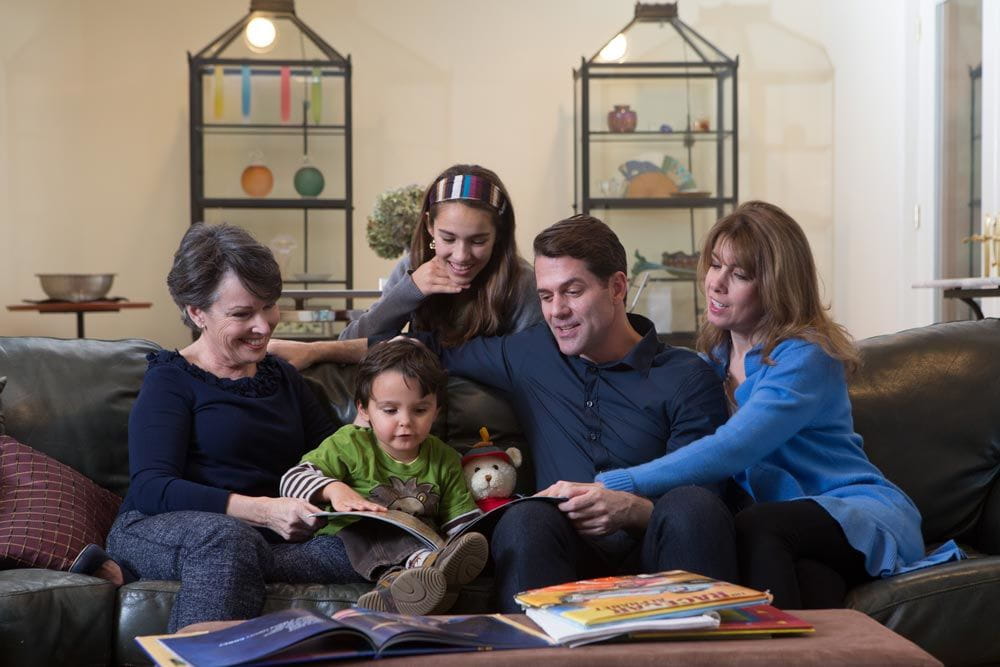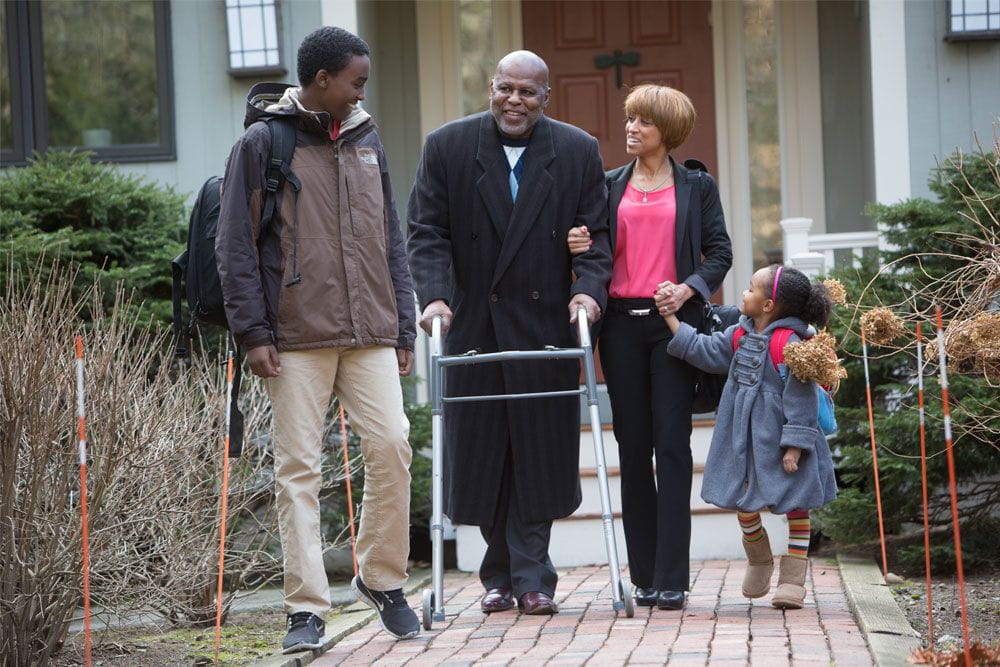Over the past four decades, women have been pouring into the workforce in unprecedented numbers. However, these working mothers are spending just as much time with their children as mothers did 40 years ago, and in many cases more, according to 16 years of research by the U.S. Census Bureau summarized in the new book Changing Rhythms of American Family Life.
Researcher Suzanne M. Bianchi, chairwoman of the Department of Sociology at the University of Maryland, found that while working mothers' time spent on housework has decreased, their time with their children has not. The authors pose that through the historical framework, it would have been reasonable to expect that parental investment in child-rearing would have declined since 1965, as the number of households with a stay-at-home parent has steadily dwindled. In 1965, fathers in 60 percent of all families were the sole breadwinners. With the massive influx of women entering the workforce in subsequent decades, only about 30 percent of families have fathers as their sole breadwinners.
Research has shown that surprisingly, married and single parents today spend more time teaching, playing with, and caring for their children than parents did 40 years ago. Time spent on child care activities increased to an average of 12.9 hours a week in 2000, from 10.6 hours in 1965. And, for married fathers, the time spent on child care more than doubled, from 2.6 hours to 6.5 hours weekly.
Other factors cited by the authors to explain how parents are managing to spend more time with their children, despite longer work hours, include:
Researcher Suzanne M. Bianchi, chairwoman of the Department of Sociology at the University of Maryland, found that while working mothers' time spent on housework has decreased, their time with their children has not. The authors pose that through the historical framework, it would have been reasonable to expect that parental investment in child-rearing would have declined since 1965, as the number of households with a stay-at-home parent has steadily dwindled. In 1965, fathers in 60 percent of all families were the sole breadwinners. With the massive influx of women entering the workforce in subsequent decades, only about 30 percent of families have fathers as their sole breadwinners.
Research has shown that surprisingly, married and single parents today spend more time teaching, playing with, and caring for their children than parents did 40 years ago. Time spent on child care activities increased to an average of 12.9 hours a week in 2000, from 10.6 hours in 1965. And, for married fathers, the time spent on child care more than doubled, from 2.6 hours to 6.5 hours weekly.
Masters of Multitasking
How have working parents found the time? A surprising bit of research shows that despite increased workloads outside of the home, mothers' time at work has not resulted in a decrease in sleep or leisure time. The researchers found that many parents, particularly married mothers, 'multitask' by including their children in their own leisure and free-time activities in order to juggle and find time for both themselves and their children.Other factors cited by the authors to explain how parents are managing to spend more time with their children, despite longer work hours, include:
- Couples delay having children until later in life, when they have more flexibility and control over their workload
- Families today are smaller and more affluent than in 1965, so more time can be invested in each child
- A shift in social norms has prompted parents to make greater investments in child-rearing
- Due to increased violence, crime, child abuse, and abductions, parents feel a much greater need to keep a closer eye on their children





